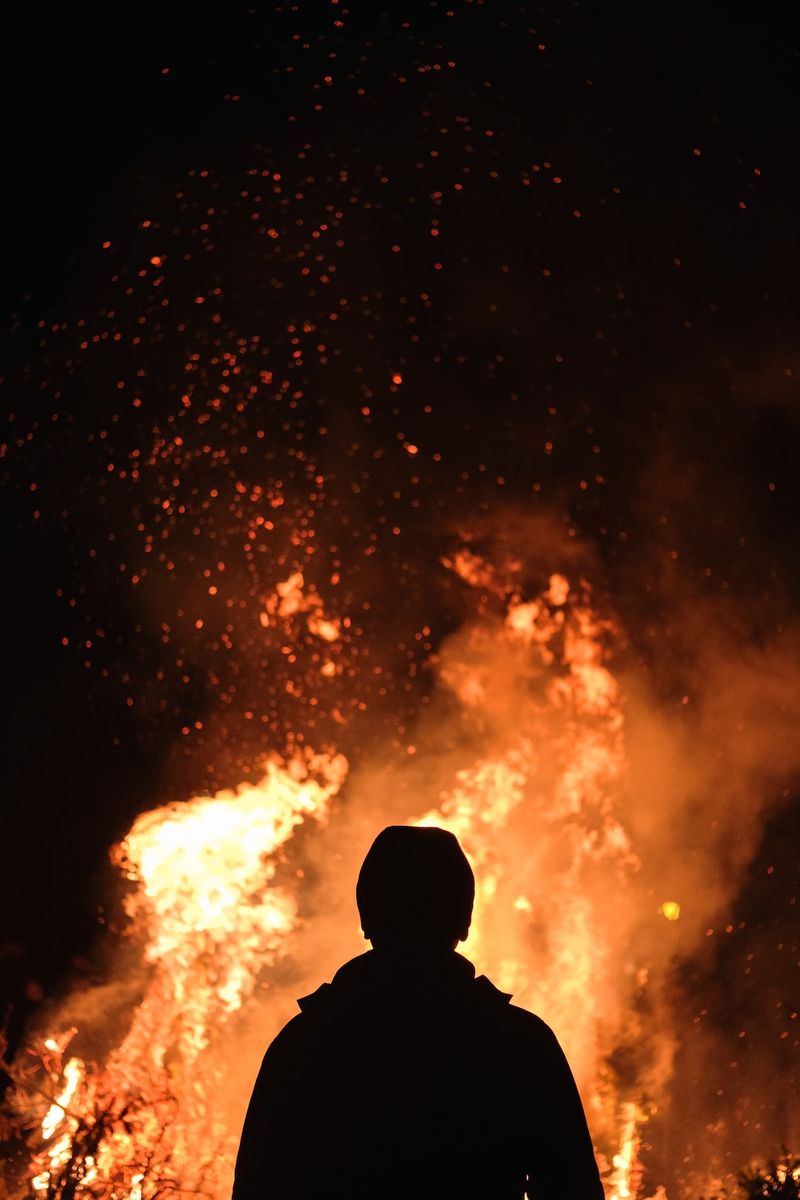Breaking Gnowangerup Earthquake Registering at 5.6 Magnitude Leaves Houses Rattled as Far Away as Perth
Background
An early morning earthquake originating in Gnowangerup, a small town in Western Australia’s Great Southern region, has left homes rattled as far away as Perth. The earthquake, which registered at a magnitude of 5.6, occurred at a depth of 5km and was recorded by Geoscience Australia at 5.34am on Sunday. Multiple social media reports confirm that the tremors were felt in Perth, which is located over 300km away from the epicentre.
Impacts and Reactions
The tremors caused by the Gnowangerup earthquake have highlighted the vulnerability of buildings and infrastructure in Western Australia. While no immediate reports of major damage or injuries have been received, the rattling of houses in a city as far as Perth raises concerns about the region’s preparedness for seismic events.
It is worth noting that this is not the first earthquake experienced by the region in recent times. In January 2022, Wagin, a town in the Wheatbelt region located around 100km from Gnowangerup, experienced a magnitude 4.7 earthquake. The previous earthquake caused rumbling sensations similar to a passing truck, according to locals.
Historical Perspective: Meckering Earthquake
The Gnowangerup earthquake serves as a reminder of Western Australia’s history with seismic events. The biggest recorded earthquake in the state occurred in 1968, when a 6.9 magnitude quake struck the tiny town of Meckering, located in the Wheatbelt region. This earthquake resulted in the destruction of homes and the buckling of roads, forcing many residents to relocate. The Meckering earthquake remains a significant event in Western Australia’s history and prompted a reassessment of building codes and preparedness for seismic events.
Analysis
Seismic events like earthquakes are a natural phenomenon that occur due to the movement of tectonic plates beneath the Earth’s surface. In the case of Gnowangerup, the earthquake likely occurred due to the shifting and release of accumulated stress along fault lines in the region.
The occurrence of earthquakes in Western Australia, especially in regions like Gnowangerup and Meckering, can be attributed to the presence of fault lines and the tectonic activity associated with the convergence of the Indian-Australian and Eurasian plates. While not as well-known as earthquake-prone areas like California or Japan, Western Australia has experienced significant earthquakes in the past, with the potential for future seismic events.
Building Resilience
The recent Gnowangerup earthquake should serve as a wake-up call for authorities and communities to enhance their preparedness and response capabilities. Building codes and standards need to be updated to ensure the structural integrity of buildings, particularly in areas prone to seismic activity. This includes not just major cities like Perth but also smaller towns and rural areas.
Investments should also be made in early warning systems that can provide real-time information about impending earthquakes. Such systems can help minimize the impact of earthquakes by providing valuable seconds to minutes of warning, enabling individuals to take immediate protective measures and emergency services to prepare and respond effectively.
Educating the Public
In addition to infrastructure improvements, it is important to educate the public about earthquake safety measures. Awareness campaigns should be conducted to inform people about what to do before, during, and after an earthquake. This includes creating emergency supply kits, identifying safe spots within buildings, and practicing evacuation drills.
Public and private institutions, including schools, hospitals, and businesses, should also have disaster preparedness plans in place to ensure the safety of their staff and students. Regular drills and training exercises should be conducted to familiarize individuals with the appropriate actions to take during an earthquake.
Editorial: The Need for Proactive Planning
The recent Gnowangerup earthquake serves as a reminder that seismic events can occur even in areas not traditionally associated with high earthquake activity. It is crucial for authorities and communities to proactively plan and invest in measures that enhance resilience and minimize the impact of earthquakes.
By updating building codes, improving infrastructure, and implementing effective early warning systems, Western Australia can mitigate potential damages and save lives in the event of future seismic events. Education and public awareness about earthquake safety are also essential in ensuring the general population is well-prepared and able to respond effectively to such emergencies.
Australia’s unique geographical location and diverse landscape make it susceptible to various natural disasters. Addressing these challenges requires the combined efforts of government, industry experts, and the public. By investing in strong infrastructure, proactive planning, and preparedness, Western Australia can build a more resilient region capable of withstanding and recovering from natural disasters like earthquakes.

<< photo by ROMAN ODINTSOV >>
The image is for illustrative purposes only and does not depict the actual situation.
You might want to read !
- Tragedy Strikes Russell Island: Six, Including Children, Missing in Devastating Fire
- “Devastating Blaze Claims Six Lives, Including Five Children, in Tragic Residential Fire”
- The Tremor Down Under: Exploring the Impact of Gnowangerup’s 5.6 Magnitude Earthquake
- Rhodes ablaze: Thousands flee as wildfires devastate Greece’s treasured island
- Rumbling Tides: Southern Alaskan Coast Shaken by 7.2 Earthquake, Tsunami Advisory in Effect
- Shaken from Slumber: Victoria Roused by 4.6 Magnitude Earthquake




